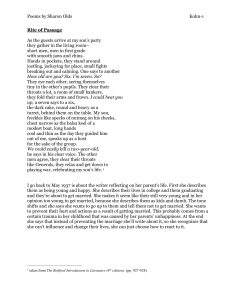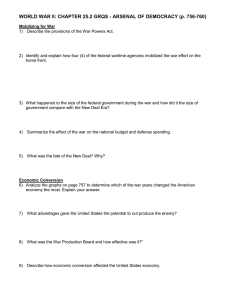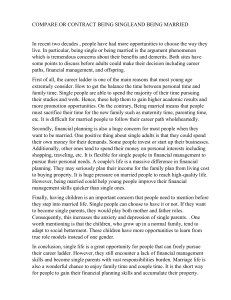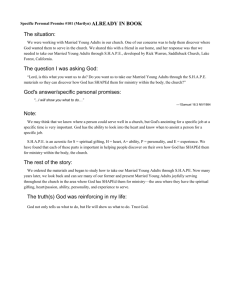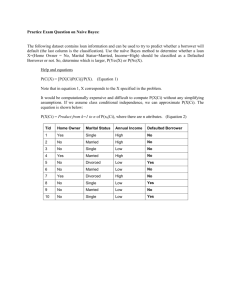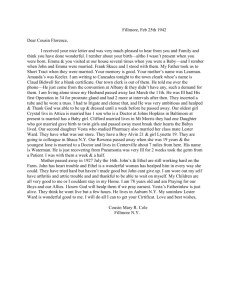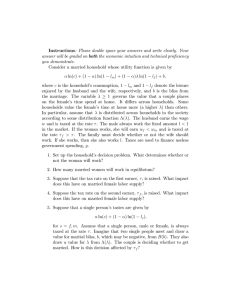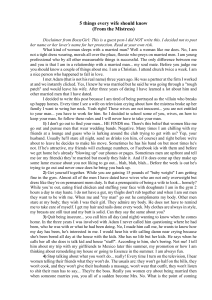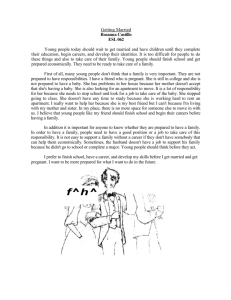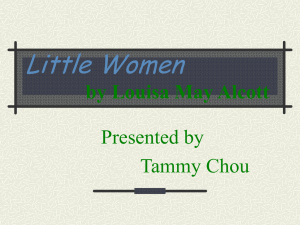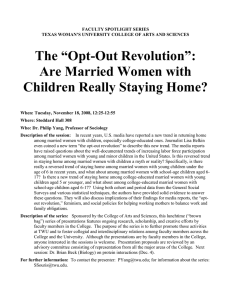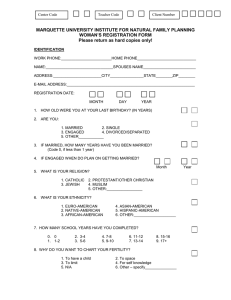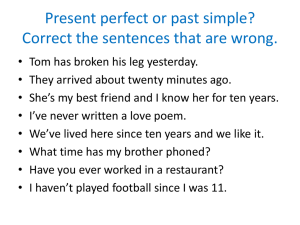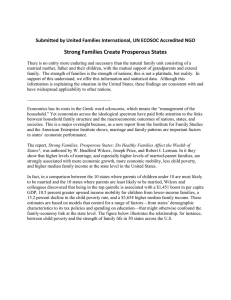Women and Work in the 1930`s
advertisement
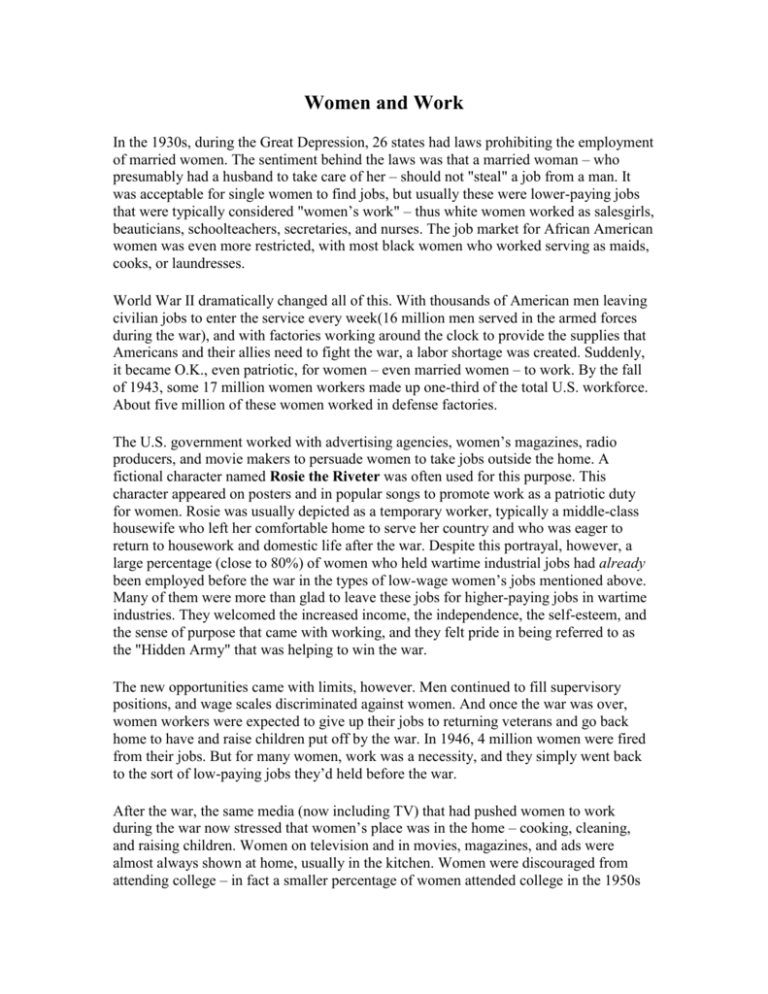
Women and Work In the 1930s, during the Great Depression, 26 states had laws prohibiting the employment of married women. The sentiment behind the laws was that a married woman – who presumably had a husband to take care of her – should not "steal" a job from a man. It was acceptable for single women to find jobs, but usually these were lower-paying jobs that were typically considered "women’s work" – thus white women worked as salesgirls, beauticians, schoolteachers, secretaries, and nurses. The job market for African American women was even more restricted, with most black women who worked serving as maids, cooks, or laundresses. World War II dramatically changed all of this. With thousands of American men leaving civilian jobs to enter the service every week(16 million men served in the armed forces during the war), and with factories working around the clock to provide the supplies that Americans and their allies need to fight the war, a labor shortage was created. Suddenly, it became O.K., even patriotic, for women – even married women – to work. By the fall of 1943, some 17 million women workers made up one-third of the total U.S. workforce. About five million of these women worked in defense factories. The U.S. government worked with advertising agencies, women’s magazines, radio producers, and movie makers to persuade women to take jobs outside the home. A fictional character named Rosie the Riveter was often used for this purpose. This character appeared on posters and in popular songs to promote work as a patriotic duty for women. Rosie was usually depicted as a temporary worker, typically a middle-class housewife who left her comfortable home to serve her country and who was eager to return to housework and domestic life after the war. Despite this portrayal, however, a large percentage (close to 80%) of women who held wartime industrial jobs had already been employed before the war in the types of low-wage women’s jobs mentioned above. Many of them were more than glad to leave these jobs for higher-paying jobs in wartime industries. They welcomed the increased income, the independence, the self-esteem, and the sense of purpose that came with working, and they felt pride in being referred to as the "Hidden Army" that was helping to win the war. The new opportunities came with limits, however. Men continued to fill supervisory positions, and wage scales discriminated against women. And once the war was over, women workers were expected to give up their jobs to returning veterans and go back home to have and raise children put off by the war. In 1946, 4 million women were fired from their jobs. But for many women, work was a necessity, and they simply went back to the sort of low-paying jobs they’d held before the war. After the war, the same media (now including TV) that had pushed women to work during the war now stressed that women’s place was in the home – cooking, cleaning, and raising children. Women on television and in movies, magazines, and ads were almost always shown at home, usually in the kitchen. Women were discouraged from attending college – in fact a smaller percentage of women attended college in the 1950s than had done so in the 1920s. But while the media bombarded society with such domestic imagery, in reality more and more women were entering the workforce. They weren’t working in heavy industry as many were during the war, but in clerical, teaching, and health-related jobs and in light manufacturing. Two million more women worked in 1950 than had worked during the war, and by 1960 40% of women had full or part-time jobs. Thirty percent of married women worked in 1960, and 40% of working women had school-age children. http://www.westga.edu/~hgoodson/Women%20and%20Work.htm
